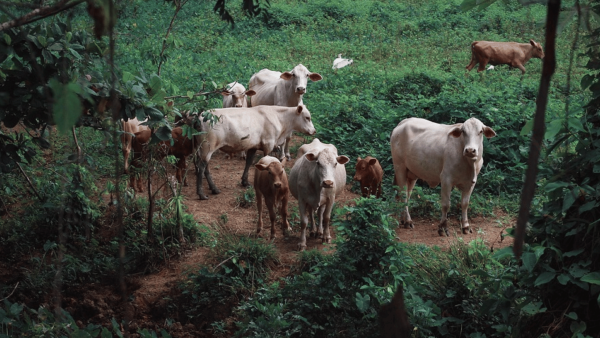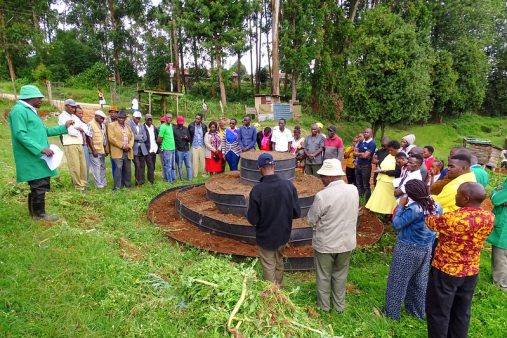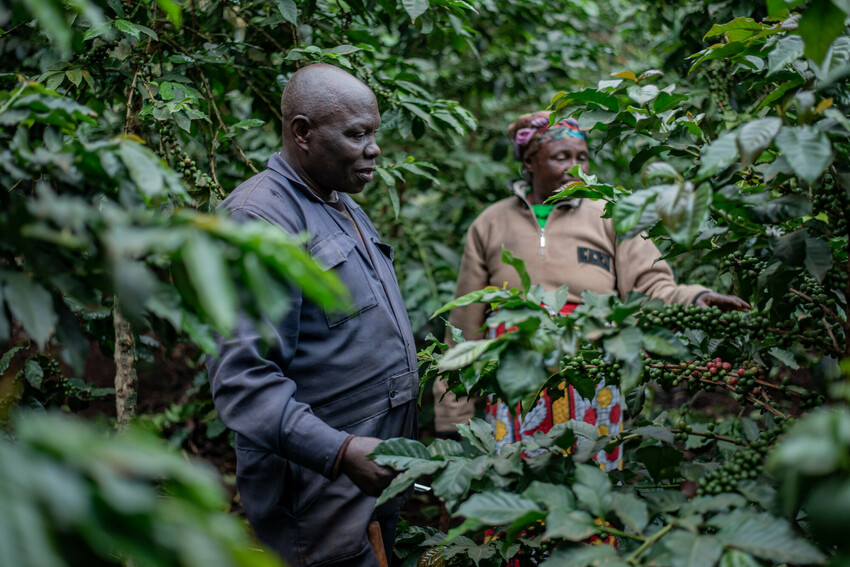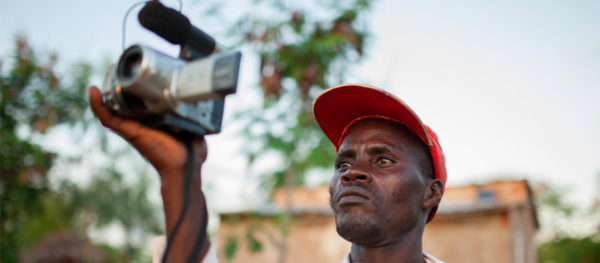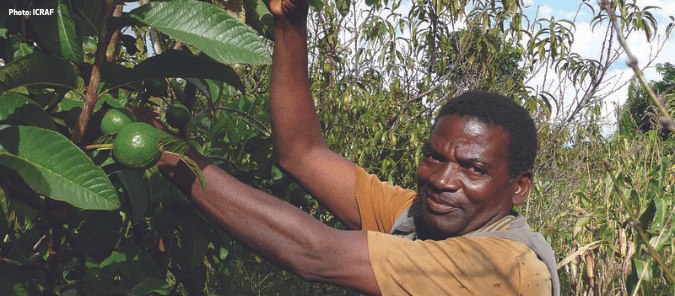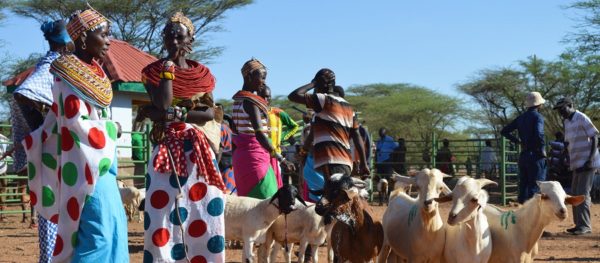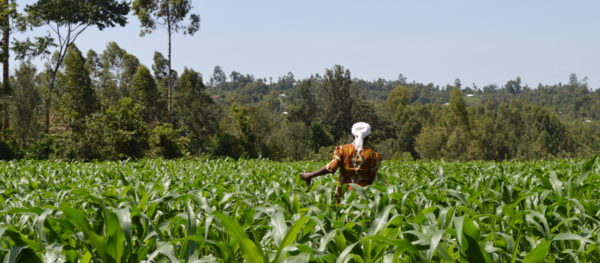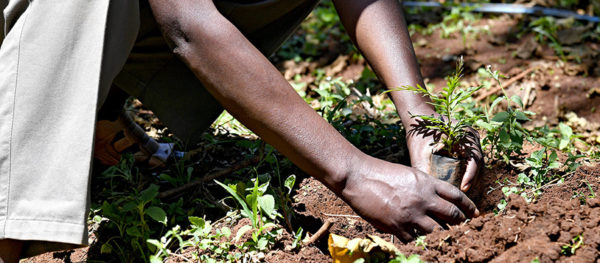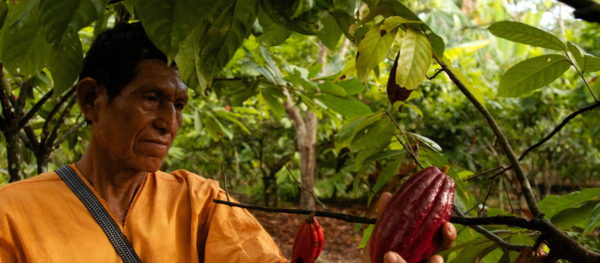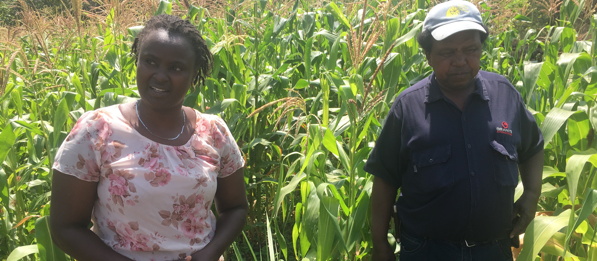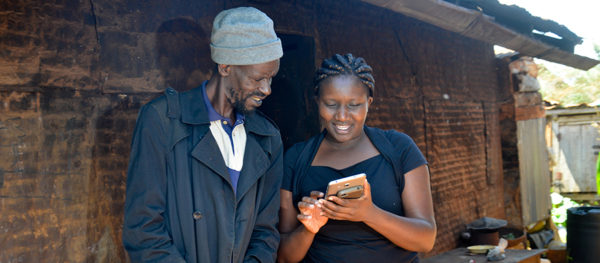Tag: Kenya

Study Reveals Farmer Knowledge on Antibiotics Risks
Africa & Middle East: A CABI-led study has discovered livestock farmers in Kenya have considerable knowledge of the different aspects of antibiotics risks – including antimicrobial resistance.
Read MoreThe Fight Against Climate Change Calls for Significant Collaboration
Africa & Middle East: Ahead of COP28, addressing climate change and its impacts on African food systems means collaborating across sectors.
Read MoreKenyan Farmers Tap into the International Carbon Market
Africa & Middle East: A new programme from Farm Africa is helping farmers connect to international carbon markets.
Read MoreMy Story From The Frontline of Climate Change
Africa & Middle East: Kenyan farmer Kisilu Musya on how he became a climate activist, fighting for climate solutions for smallholder farmers.
Read MoreFruit Trees in East African for Nutrition and Resilience
Africa & Middle East: Fruit trees can help low-resource communities improve nutrition and climate resilience.
Read MorePastoralists are Defying Kenya’s Droughts with the Help of Big Data
: Satellite imagery, SMS weather services and livestock insurance are making herders more resilient in the face of climate change.
Read MoreWorld Refugee Day: Building Resilience Through Farming in Kenya
Africa & Middle East: On World Refugee Day, Allan Ochieng Odera, Resilience Coordinator for Danish Refugee Council (DRC), tells Farming First about DRC's farming initiative in Kakuma camp, Kenya.
Read MoreFarmers Need Long-Term and Short-Term Solutions to Combat Fall Armyworm in Kenya
Africa & Middle East: The rampant Fall Armyworm caterpillar is once again threatening harvests across the continent for a second year - what solutions exist for farmers?
Read MoreWhy Increasing Smallholder Resilience Starts with Soils
Asia: Soil degradation is a silent disaster. Find out how Livelihoods Fund is tackling this problem in Kenya.
Read MoreAgricultural Businesses Are the Key to “Decent Work” in Rural Communities
Latin America & the Caribbean: Farming is hard work, but with targeted investments it can also be decent work, says Root Capital.
Read More#FillTheGap! Scaling up equality in Kenya
Africa & Middle East: With the help of IFDC, Beatrice Gichuru is setting the standard for equality in her area by proving that a woman can truly succeed with or without a husband.
Read MoreDigital Loan Process Transforming Smallholder Access to Credit in Kenya
Africa & Middle East: Digital, client-focused and flexible, read about the new "Kilimo Booster" loan provided by Fintrac and Musoni.
Read More